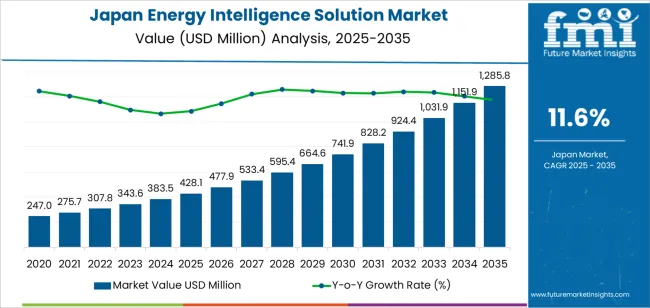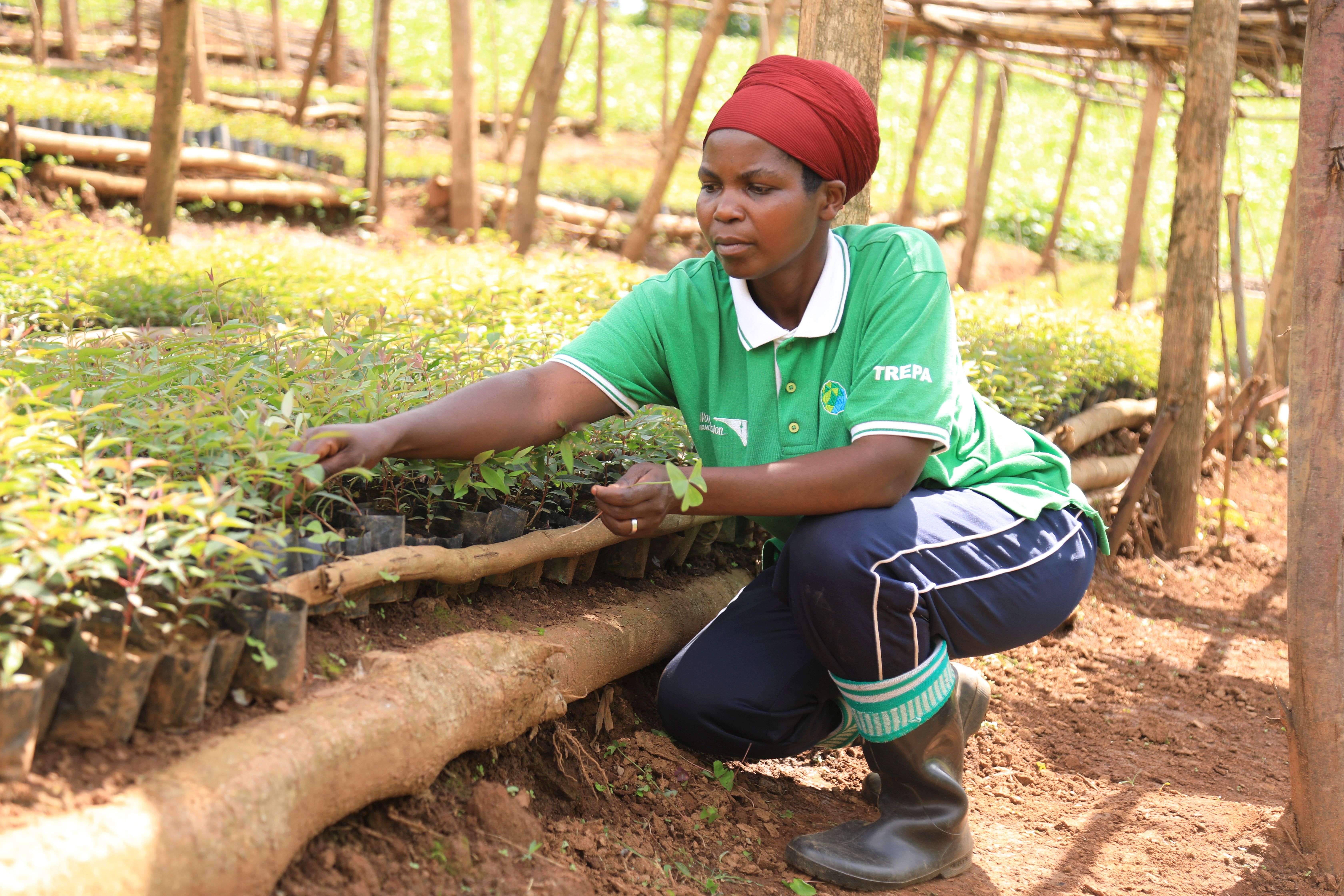Climate change policies fail to protect child health – BioMed Central

Report on Global Climate Change Policies and Child Health Adaptation
Executive Summary
A global review of national climate change policies reveals a significant and widespread failure to adequately plan for and safeguard child health. This oversight critically undermines the achievement of multiple Sustainable Development Goals (SDGs), particularly SDG 3 (Good Health and Well-being) and SDG 13 (Climate Action). A substantial number of countries either fail to mention child health entirely or acknowledge it without committing to specific, actionable goals. While low- and middle-income countries (LMICs) demonstrate comparatively better performance in policy formulation, a universal weakness exists in establishing measurable goals, allocating resources, and defining implementation frameworks. This report details these findings, highlighting the urgent need to integrate child-centric measures into climate adaptation strategies to ensure sustainable and equitable outcomes.
Global Policy Performance Analysis
Overall Findings
The analysis indicates that global climate policies are largely ineffective in protecting children from climate-related health risks. The findings present a stark picture of inaction:
- 43% of countries scored a zero, indicating no mention of child health within their climate policies. This represents a complete failure to address the specific vulnerabilities of children, directly contravening the principles of SDG 3.
- 38% of countries achieved a minimal score (1–3), generally acknowledging the disproportionate health burden on children but failing to provide concrete goals or actions. This gap between recognition and action is a major barrier to effective adaptation under SDG 13.
Geographic and Economic Disparities
Policy performance varies significantly across income levels and regions, exposing inequalities that challenge SDG 10 (Reduced Inequalities).
- Low- and middle-income countries, particularly in South America, sub-Saharan Africa, and South Asia, demonstrated stronger policy frameworks concerning child health compared to high-income countries (HICs).
- Despite this, most policies globally, regardless of income status, failed to meet criteria across key determinants such as goals, resource allocation, and monitoring.
Assessment of Policy Determinants
Policy Backgrounds and Risk Identification
The foundational elements of policies were their strongest component, with approximately half recognizing children as a vulnerable group. The most commonly identified climate-sensitive health risks for children were:
- Malnutrition and Food Insecurity: Recognized in 40 policies, primarily from LMICs. This directly relates to the targets of SDG 2 (Zero Hunger).
- Heat-Related Illnesses: Identified in 36 policies, often the main focus in HICs. This risk is a key concern for SDG 3 and SDG 11 (Sustainable Cities and Communities).
Other identified risks included extreme weather events, respiratory illnesses, vector-borne diseases, and impacts on mental health, all of which have profound implications for achieving SDG 3.
Goals and Actions: A Lack of Specificity and Measurability
A critical weakness identified was the formulation of vague goals that cannot be evaluated for success, hindering accountability and progress. Only four countries (Sudan, Virgin Islands, India, Argentina) described measurable child health outcomes. The actions outlined in policies were categorized as follows:
- Communication: The most common action, involving awareness campaigns and school curricula to inform on health risks. This supports the educational component of SDG 4 (Quality Education) and public awareness for SDG 13.
- Research and Surveillance: Primarily in LMICs, focusing on strengthening information systems for child health outcomes like nutrition, which is vital for evidence-based action under SDG 3.
- Social Services: LMICs outlined programs such as financial safety nets and free healthcare for mothers and children, directly contributing to SDG 1 (No Poverty) and SDG 3.8 (Universal Health Coverage).
- Infrastructure: Actions included making schools and healthcare facilities climate-resilient, aligning with SDG 9 (Industry, Innovation and Infrastructure) and SDG 11.
- Nutritional Interventions: Concentrated in LMICs, these actions included feeding programs and promoting fortified foods to combat malnutrition, directly targeting SDG 2.
- Empowerment of Women: Policies in sub-Saharan Africa linked child health to female empowerment, recognizing their role in childcare. Actions included improving access to clean water and sanitation (SDG 6) and increasing female participation in disaster management, advancing SDG 5 (Gender Equality).
- Provision of Health Resources: Actions exclusive to LMICs included distributing preventive malaria treatments and intensifying vaccination programs, which are essential for achieving SDG 3.
- Empowerment of Youth: A few LMICs described facilitating youth participation in disaster risk management, a key tenet of SDG 13.b, which calls for focusing on youth and marginalized communities.
Institutional Capacity and Accountability
Resource Allocation
The commitment to child health adaptation is not supported by adequate resource planning, a failure of institutional strength as envisioned in SDG 16 (Peace, Justice and Strong Institutions).
- Only twelve countries specified financial resources for child-health actions.
- No policies addressed human resources or organizational capacity.
- No incentives or sanctions were described to ensure allocated funds were used as intended.
- Where funding sources were mentioned, they included government treasuries and international partners (WHO, UNICEF), highlighting the importance of SDG 17 (Partnerships for the Goals).
Monitoring, Evaluation, and Implementation
The lack of robust monitoring and evaluation frameworks makes it impossible to track progress or ensure accountability.
- Measurable child-health indicators (e.g., malnutrition, respiratory disease incidence) were rarely included.
- Timelines for data collection were almost non-existent.
- While various stakeholders (e.g., government departments, youth organizations, community groups) were identified for implementation, their individual responsibilities were rarely defined, further weakening the potential for effective action and undermining the strong institutions required by SDG 16.
Analysis of Sustainable Development Goals in the Article
1. Which SDGs are addressed or connected to the issues highlighted in the article?
-
SDG 2: Zero Hunger
The article directly addresses this goal by identifying “malnutrition and food insecurity” as one of the most common climate risks to children mentioned in national policies. It also discusses actions taken by countries, particularly low- and middle-income ones, such as “nutritional interventions,” “implementation or expansion of feeding programmes,” and efforts to “diversify household diets.”
-
SDG 3: Good Health and Well-being
This is a central theme of the article, which evaluates the effectiveness of climate change policies in “safeguarding child health.” It highlights the “disproportionate health burden on children” and lists numerous health risks and outcomes, including “heat-related illnesses,” “diarrhoeal disease,” “childhood asthma,” “respiratory disease,” and general “morbidity and mortality.”
-
SDG 5: Gender Equality
The article connects child health with the empowerment of women, noting that some policies recognized the “disproportionate burden of childcare and household management faced by women.” Actions mentioned include establishing a “helpline for reporting gender-based violence and child marriage during and after disasters” and ensuring the “full participation of women” in disaster management, which are core components of SDG 5.
-
SDG 10: Reduced Inequalities
The article highlights a significant disparity in policy effectiveness between different income groups, stating that “Low- and middle-income countries performed better than high-income countries” in addressing child health in their climate policies. This focus on the differing capacities and performance between nations is directly related to reducing global inequalities.
-
SDG 13: Climate Action
The entire article is an analysis of “Climate-change policies worldwide.” It assesses how well these policies integrate measures for climate adaptation to protect vulnerable populations, specifically children. It discusses strengthening “adaptive capacity,” “disaster-risk management,” and building “climate-resilience,” which are fundamental aspects of SDG 13.
-
SDG 17: Partnerships for the Goals
The article touches upon the implementation and resourcing of policies, noting that for some low- and middle-income countries, “Funding sources included government treasuries and international financing partners, such as the World Health Organization, United Nations International Children’s Emergency Fund (UNICEF), and other United Nations agencies.” This highlights the role of global partnerships in achieving development goals.
2. What specific targets under those SDGs can be identified based on the article’s content?
-
SDG 2: Zero Hunger
- Target 2.2: By 2030, end all forms of malnutrition. The article identifies “malnutrition” as a key climate risk and a measurable outcome in some policies. It also describes actions like “nutritional interventions,” “feeding programmes,” and the “promotion of fortified food consumption” aimed directly at combating malnutrition.
-
SDG 3: Good Health and Well-being
- Target 3.2: By 2030, end preventable deaths of newborns and children under 5 years of age. The article’s focus is on “safeguarding child health,” and it mentions that some national goals aim to reduce child “morbidity and mortality.”
- Target 3.3: By 2030, end the epidemics of AIDS, tuberculosis, malaria and neglected tropical diseases and combat hepatitis, water-borne diseases and other communicable diseases. The article mentions specific diseases like “diarrhoea,” “cholera,” “measles,” and “typhoid” as targets for vaccine programs and notes that one country provided “preventive malaria treatment for pregnant women and children.”
- Target 3.d: Strengthen the capacity of all countries, in particular developing countries, for early warning, risk reduction and management of national and global health risks. The article describes actions such as developing “emergency response monitoring and communication systems for extreme weather events” and strengthening “information-management systems for child health outcomes.”
-
SDG 5: Gender Equality
- Target 5.2: Eliminate all forms of violence against all women and girls in the public and private spheres. The article mentions a specific action to establish a “helpline for reporting gender-based violence and child marriage during and after disasters.”
- Target 5.5: Ensure women’s full and effective participation and equal opportunities for leadership at all levels of decision-making. The article notes that one country aimed to “ensure the full participation of women and female-headed households in disaster management public gatherings.”
-
SDG 10: Reduced Inequalities
- Target 10.a: Implement the principle of special and differential treatment for developing countries, in particular least developed countries. The article’s analysis, which shows that low- and middle-income countries often have more detailed policies on this issue than high-income countries, underscores the different contexts and needs that this target addresses.
-
SDG 13: Climate Action
- Target 13.1: Strengthen resilience and adaptive capacity to climate-related hazards and natural disasters in all countries. The article is centered on evaluating policies for “child health adaptation.” It mentions goals to improve “adaptive capacity,” “physical and mental resilience,” and “disaster-risk management.”
- Target 13.2: Integrate climate change measures into national policies, strategies and planning. The article’s primary function is to assess the degree to which child health has been integrated into national climate policies, finding that “43% of countries obtaining a score of 0 (no mention of child health).”
-
SDG 17: Partnerships for the Goals
- Target 17.9: Enhance international support for implementing effective and targeted capacity-building in developing countries. The article explicitly states that funding for policies in developing countries relied on “international financing partners, such as the World Health Organization, United Nations International Children’s Emergency Fund (UNICEF), and other United Nations agencies.”
3. Are there any indicators mentioned or implied in the article that can be used to measure progress towards the identified targets?
Yes, the article mentions or implies several indicators:
- Policy Integration Score: The scoring system used in the study (e.g., “score of 0,” “score of 1-3”) serves as a direct indicator for measuring the integration of child health into climate policies (relevant to Target 13.2).
- Child Health Outcomes: The article explicitly states that “Measurable child-health indicators were rarely included; where present, these included preterm birth, malnutrition, respiratory disease incidence, and hypertension or other comorbidity rates in pregnant people.” These are direct indicators for SDG 3 targets.
- Morbidity and Mortality Rates: The article mentions that some countries described measurable outcomes including “general morbidity and mortality” and rates of “diarrhoea,” which are key indicators for SDG 3.
- Prevalence of Malnutrition: “Malnutrition” is cited as a measurable outcome in some policies, directly corresponding to indicators for Target 2.2.
- Gender-Disaggregated Data: The article mentions an action for “generating gender-disaggregated indicators to improve emergency medical services,” which is a direct call for the type of data needed to monitor SDG 5.
- Financial Resource Allocation: The article notes that “twelve countries stated the estimated or allocated financial resources for child-health actions.” The amount of allocated funding is a key indicator for monitoring commitment and implementation (relevant to SDG 17).
4. Table of SDGs, Targets, and Indicators
| SDGs | Targets | Indicators Identified or Implied in the Article |
|---|---|---|
| SDG 2: Zero Hunger | 2.2: End all forms of malnutrition. | Prevalence of malnutrition (mentioned as a measurable outcome). |
| SDG 3: Good Health and Well-being |
3.2: End preventable deaths of children. 3.3: End epidemics of communicable diseases. 3.d: Strengthen capacity for early warning and risk management. |
Rates of general morbidity and mortality in children. Incidence of specific diseases (diarrhoea, respiratory disease, malaria). Existence of emergency response monitoring and health information systems. |
| SDG 5: Gender Equality |
5.2: Eliminate violence against women and girls. 5.5: Ensure women’s full participation. |
Number of reports to helplines for gender-based violence. Generation and use of gender-disaggregated indicators. |
| SDG 10: Reduced Inequalities | 10.a: Implement special and differential treatment for developing countries. | Comparison of policy scores and content between high-income and low- and middle-income countries. |
| SDG 13: Climate Action |
13.1: Strengthen resilience and adaptive capacity. 13.2: Integrate climate change measures into national policies. |
Policy scores evaluating the inclusion of child health adaptation. Number of countries with disaster-risk management plans that include child health. |
| SDG 17: Partnerships for the Goals | 17.9: Enhance international support for capacity-building. | Amount of allocated financial resources from international partners (WHO, UNICEF). |
Source: globalizationandhealth.biomedcentral.com

What is Your Reaction?
 Like
1
Like
1
 Dislike
1
Dislike
1
 Love
1
Love
1
 Funny
0
Funny
0
 Angry
0
Angry
0
 Sad
0
Sad
0
 Wow
0
Wow
0










/campaigns/16-days-of-activism-against-gender-based-violence/pr-web-banner.tmb-1200v.jpg?sfvrsn=8cc7b98e_1#)





































































